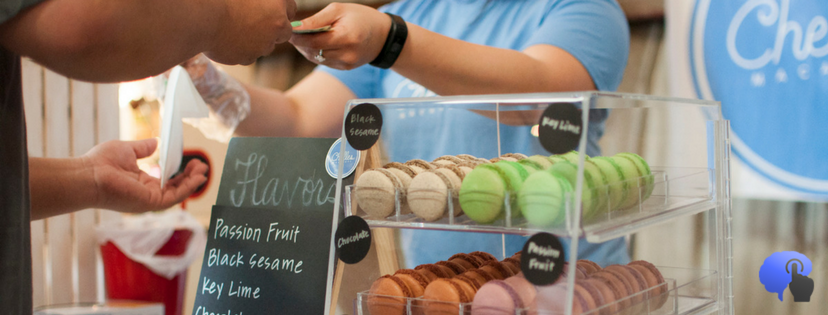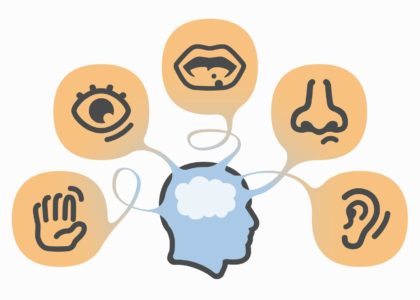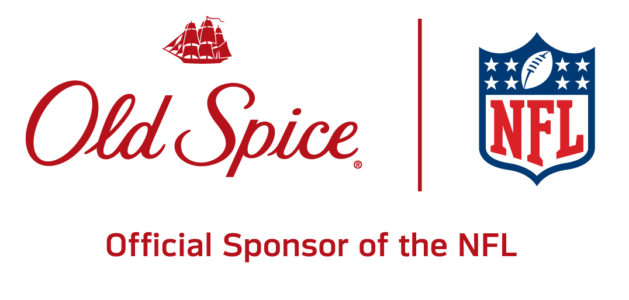
One of the things that I changed in my daily life last years, and finally turned it into a constructive habit, is devouring books! Always having a book available to read, even for half-an-hour a day, could help you escape from your routine, broaden your horizons, and learn from other people’s experiences.
One of the topics that I’m interested in reading is books about how consumers behave and how brands affect people’s behavior. Why, you ask?
Retail stores are everywhere, and they are inextricably connected with our lives. If you’re a Brand Marketer, you need to persuade consumers to buy your product, while, if you’re a consumer, you want to maximize value and minimize costs. Therefore, it would really help your every-day decisions if you knew how brands in retail ‘work’.
At the end of this article you will find resources and really interesting books to check out, whether you’re a consumer, a seller or a marketer!
The Role of Behavioral Economics in Brand Management
The aforementioned books and recourses contain insights and principles from the fields of Behavioral Economics and Neuroscience, and how they could be applied in real-world situations.
According to Phil Barden (Decoded, 2013), one of the core insights of Behavioral Economics is that we can change behavior without changing minds!
In other words, our purchase decisions are often affected by small changes in the situational context, which Barden calls ‘decision interface’.
There are plenty of insights on Brand Management that could heavily influence consumer behavior. Let’s dive into the 3 most important ones:
-
Autopilot (System 1)
According to Daniel Kahneman (2002) the Autopilot (System 1) is the part of the human brain which operates unconsciously and implicitly, and it has the following characteristics:
- Automatic, Subconscious & Effortless ⇒ You don’t have to do anything actively
- Parallel ⇒ Processes different information simultaneously
- Fast & Slow-learning ⇒ Creates bias by reacting quickly
- Emotional ⇒ Responds based on the current emotions
Decisions made in Autopilot are also the ones which are more easily influenced by cognitive biases and human brain fallacies.
The framing of the brand plays one of the most important roles in the perceived brand experience, because it creates expectations for the customer who is thinking of buying one of its products. Although the customer doesn’t realize it – at least in the moment of decision making – this experience is influenced by the process of the Autopilot!
Examples on how Autopilot operates in brand advertisement:

On the left picture we can see how Automatically and Subconsciously people turn their sight in the ‘orange’ advertisement.
The right picture shows how Fast Autopilot can operate and receive information.
-
Triggers
Now’s time to talk about triggers!
Customers won’t reach out to a product, unless something triggers them to. Action could be trigged by:
-
Emotions
According to ‘Visualistan.com’ (Infographic), buying decisions are based 20% on logic and 80% on emotions!

The root of the word “Emotions” comes from Latin “Emovere” word. You can easily see that the origin of the word includes “movement”. This means that emotions lead to actions. If you want to trigger your customers to take action you should definitely use emotions.
Emotions are directly associated with personal feelings and experiences, which are by definition subjective. However, brands that are built around attributes and facts, which are objective, usually fail to engage customers emotionally.
Thus, brands that manage to arouse customers’ feelings, will possibly win them over!
-
Senses
Have you noticed that certain products ‘smell’ or ‘taste’ in a specific, characteristic way? That’s not something that brand marketers ignore, but something that they actually want to achieve.

Let me give you a couple of examples:
Example 1: Let’s assume that you want to buy something fresh, like bread or blended coffee. How the product smells and its distance from the consumer, in that case, plays an important sensory factor for consumers to choose a specific brand over their competitor. That’s why many supermarkets place their freshly-baked bread near the entrance, so as to entice by-passers to come inside!
Example 2: This experiment has shown that when there was French music played in a retail store, sales of French wines raised, compared to German wines (in 5:1 proportion), while the opposite effect occurred when German music was in the background (this time in 2:1 proportion).
Maybe that’s the reason why people in my country (Greece) often say that “food or drink is celebrated by all of our senses!”
-
Confidence
According to neuroscientists’ findings, including words like ‘trusted’ or ‘official’ in a product’s branded package or advertisement increases customers’ confidence to pick that specific brand.

That’s why brands strive to become an ‘official sponsor’ in major events, such as the Olympic Games or the Super Bowl.
The feeling of trust doesn’t only make a branded product more appealing, but it also makes its customers more loyal towards the brand itself. In a competitive world, where a brand’s longevity is based on how satisfied their customers are in the long run, inspired loyalty is perhaps the only strategy for consistent growth.
-
Cognitive Biases
The science of Behavioral Economics, after a wide variety of experiments inside and outside of labs, created – borrowing terms from psychology – a long list of cognitive and social biases, in which the human brain repeatedly fall into.
Bellow we are going to highlight 3 of them, and how they are related and applied in Brand Management.
a) Self-herding
According to Dan Ariely (2010) on ‘Self-herding’:
“When we believe that something is good (or bad) on the basis of our previous behavior.”
Recall your own experiences. How many times have you purchased the same brand of cereals or milk, just because you’ve bought it once in the past (possibly because it was on a discount or you had a coupon) and then made it habit without a strong reason why?
There’s high possibility that you’re still doing it without considering alternative options (brands), despite the fact that there could be much better options out there, in terms of cost, quality, volume, or all the aforementioned factors.
In short, actions create habits, and not just reveal preferences!
b) Rules of thumb
According to Barden’s (2013) example on ‘Rule of Thumb’ relating to packaging and size of products:
“We have implicitly learnt that taller objects are often bigger (e.g. an elephant versus a mouse) and we transfer this rule of thumb to judge volume since bigger things have more volume.”
Therefore, a tall-shaped product is perceived to contain more volume than a short-shaped one – even though both of them could actually contain the same quantity!
Even though that’s a fallacy usually related with children, adults seem to automatically think and act in the exact same way, as well!
When you start examining the shape of all kinds of bottles nowadays, you’ll realize that brand marketers grab every opportunity possible to apply this Rule of Thumb in their own branded packages – just because it works!
c) Right-handed bias
According to Paco Underhill (2009):
“The right-leaning bias is a profound truth about how much humans make their way through the world, and it has applications everywhere, in all walks of life.”
Applications of that bias could be found both in large and small scale.
In a large scale: it has been found that the majority of us tends to walk on the right side of the store and grab products with our right hand, while the left hand is busy carrying a bag or a basket.
In a small scale: experiments on advertising have shown the following impressive finding. In food advertisements, when the spoon is placed on the right side of the image, the advertisement becomes more appealing and effective than when it’s placed on the left side.
This happens because most humans are right-handed, and hence it requires less mental effort for the brain to process the perceived information. Neuroscientists call it ‘perceptual fluency’.
** But it is opposite for left-handed users. If you target these people, you should position to the left.
Summing up
Behavioral Economics and Neuroscience can change and have already changed basic aspects of Brand Management and Marketing. Insights from psychology and how the human brain processes information in a situational context are used daily in retail stores in order to influence consumers’ buying patterns.
Unlocking the Whys and Hows of consumer purchasing behavior is the new quest in Brand Management!
Resources
Books
- DANIEL KAHNEMAN (2002) Thinking Fast and Slow
[Online] Available from:
www.amazon.com/Thinking-Fast-Slow-Daniel-Kahneman/dp/0374533555
- DAN ARIELY (2010) Predictably Irrational: The hidden forces that shape our decisions
[Online] Available from:
www.amazon.com/Predictably-Irrational-Revised-Expanded-Decisions/dp/0061353248/
- PHIL BARDEN (2013) Decoded: The Science Behind Why We Buy
[Online] Available from:
www.amazon.co.uk/Decoded-The-Science-Behind-Why/dp/1118345606
- PACO UNDERHILL (2009) Why We Buy: The Science of Shopping
[Online] Available from:
www.amazon.com/Why-We-Buy-Shopping-Updated-Internet/dp/1416595244
Links
- www.visualistan.com/2015/05/the-psychology-of-sales-marketing-and-human-mind-infographic.html
- www.jointheama.com/prospect/white-papers/White%20Paper%20Neuroscience%20what%20drives%20cust%20descisions.pdf
